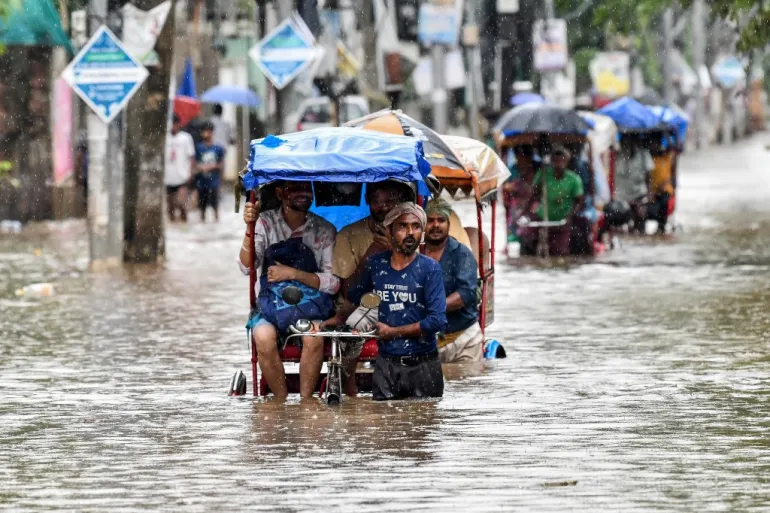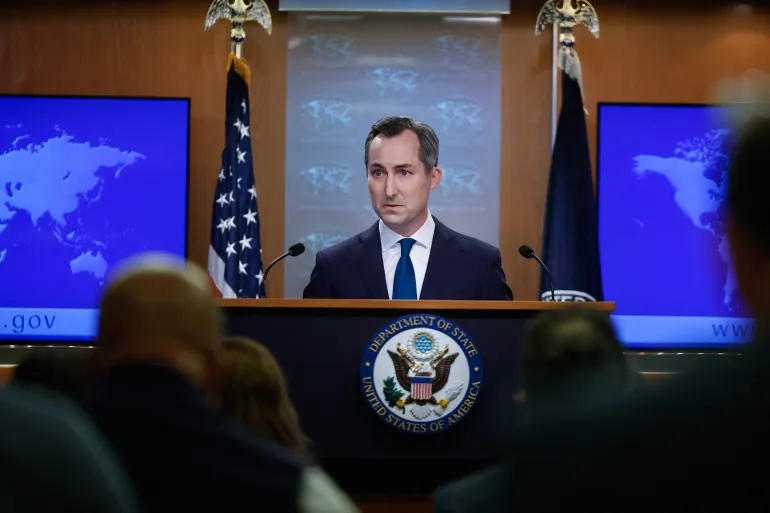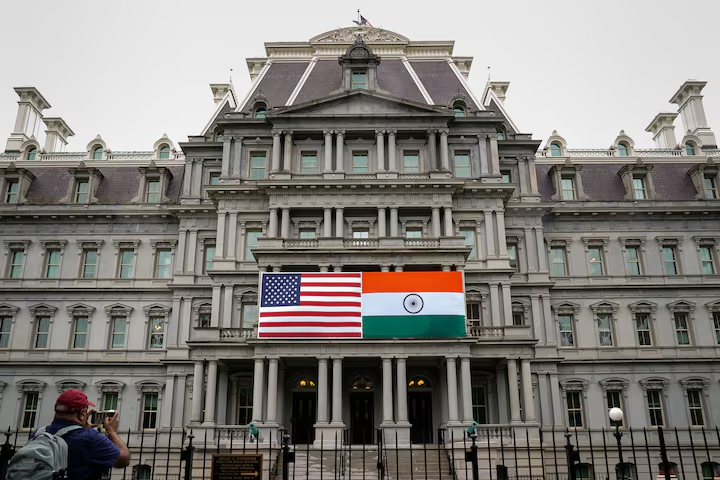At least 28 people have died across India’s northeastern states as relentless rainfall over several days caused catastrophic floods and landslides, officials confirmed on Sunday, June 1. Assam and neighboring Arunachal Pradesh have been the hardest hit, with entire villages inundated, roads destroyed, and rescue operations under way to reach stranded communities.
In Assam, 14 people were confirmed dead due to landslides and flooding, according to the state disaster management authority. Among the fatalities were several children, including a family of four whose house collapsed in a landslide in Dima Hasao district. Meanwhile, in Arunachal Pradesh, 14 additional deaths were reported, with many feared missing as communication lines and road access have been severed in remote hilly regions.
Officials say over 130,000 people in Assam have been affected by the deluge, with more than 500 villages submerged. Rescue efforts are being coordinated by the National Disaster Response Force (NDRF), the army, and local emergency workers, who are navigating collapsed bridges and blocked roads to reach people trapped in inundated homes.
The Indian Meteorological Department (IMD) reported that some parts of the region received over 300 millimeters of rainfall in just 24 hours, with forecasts predicting continued heavy rain in the coming days. The IMD has issued red alerts across multiple northeastern states, warning of further landslides and river overflows.
In the hill town of Haflong in Assam, rescue personnel described scenes of devastation, with roads crumbled and houses washed away. “People are in a state of panic,” said district commissioner Nazreen Ahmed. “We’re trying our best to evacuate them to safety, but access is a big challenge.” Temporary shelters have been set up in schools and public buildings for displaced families.
Floodwaters have also disrupted transportation and supply chains across the region. Railway lines connecting Assam to other parts of India have been suspended after tracks were damaged or swept away. In addition, highways remain closed in several districts, and power outages have been reported in numerous towns.
Prime Minister Narendra Modi expressed grief over the loss of life and assured all possible assistance to the affected states. “We are closely monitoring the situation in Assam and Arunachal Pradesh,” his office said in a statement, adding that federal relief funds have been allocated to support recovery efforts.
Environmental experts have raised concerns over the increasing frequency and intensity of extreme weather events in the region. They attribute the worsening flood risk to a combination of climate change, deforestation, and unregulated urban development in ecologically sensitive zones.
“The fragile Himalayan foothills are particularly vulnerable,” said environmental scientist Ramesh Dutta. “When you add heavy rainfall to deforestation and poor drainage planning, disasters like this become inevitable.”
In response to the crisis, the Assam state government has opened more than 100 relief camps and is distributing food, drinking water, and medical aid. However, aid workers say access to remote and mountainous areas remains a major hurdle.
With monsoon season just beginning, authorities fear the worst may not be over. Preparations are under way to strengthen embankments and improve early warning systems, but experts warn that long-term solutions will require more sustainable land-use policies and climate resilience planning.
As rescue operations continue, families are mourning loved ones lost in the disaster while others await news of missing relatives. The tragedy underscores the vulnerabilities of India’s northeastern region, where nature’s fury often meets infrastructural fragility, leaving thousands at the mercy of the elements each year.
Source; Al Jazeera



